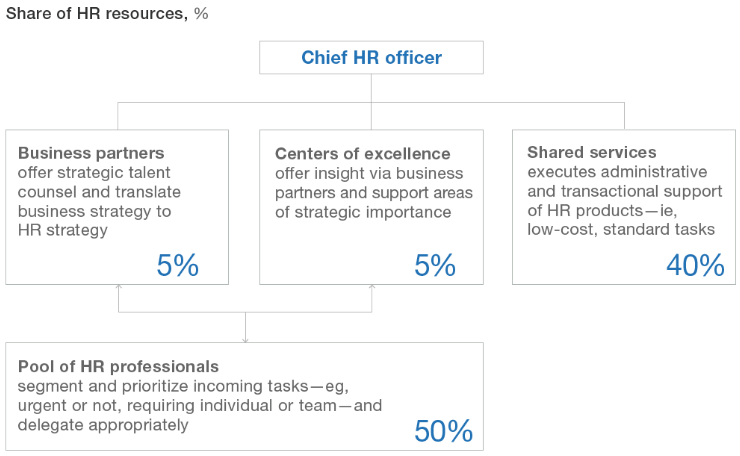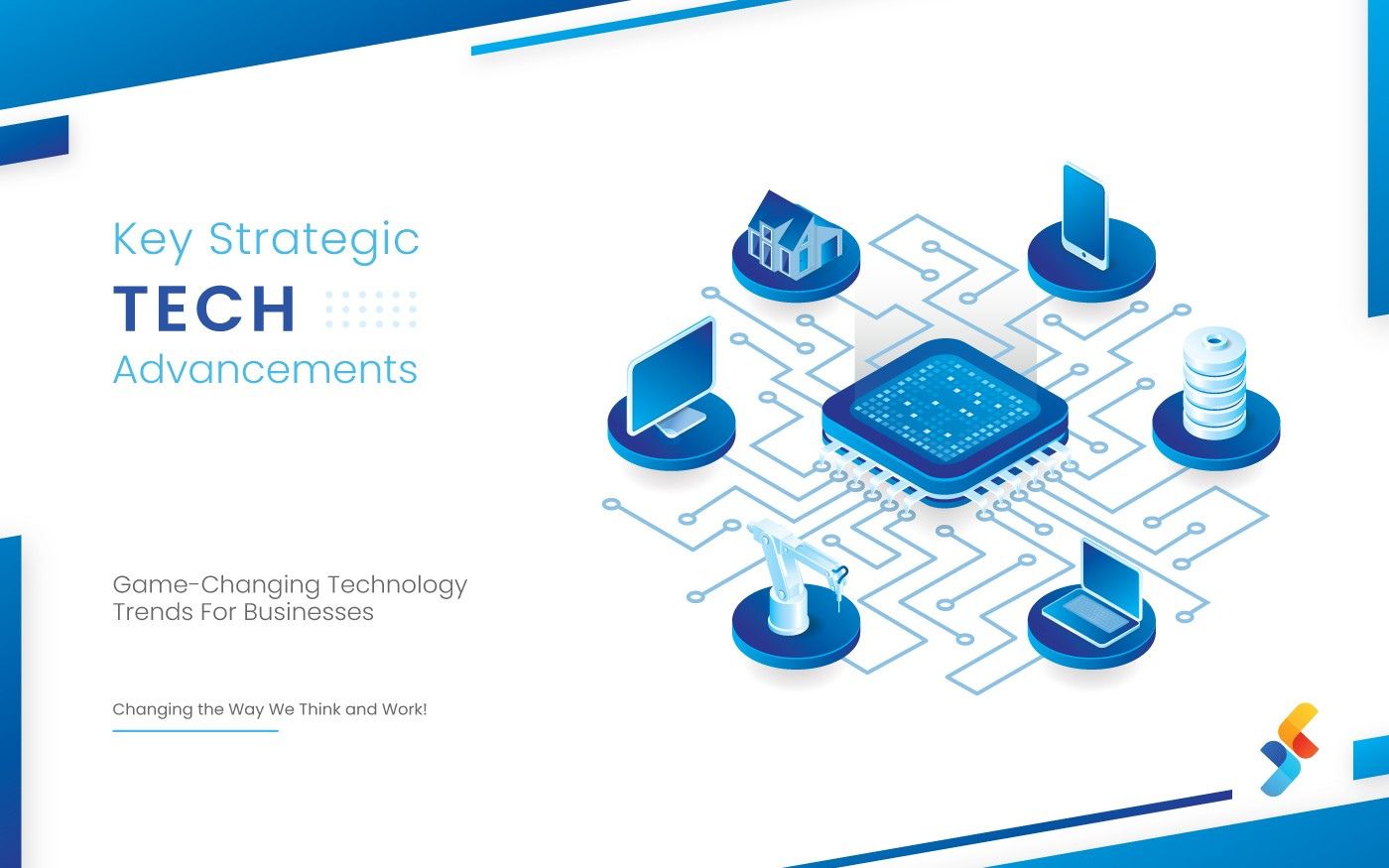Nowadays, organizations consider strategic agility a revolutionary change for the business. Agile transformations modify the process of how people work, engagement with customers, and employee management. Businesses aim for efficiency, consistency, and productivity by actively managing the activities right from the top. They incorporate quality and standardized processes to forecast the requirements and design the systems to ensure the availability of resources at the right place and right moment.
For now, businesses need to quickly assemble and reassemble their employees in teams depending upon the evolving demands but, this won’t be enough to drive agility. The teams would be requiring more workers beyond the organizational boundaries like the Freelancers, Outsourcing Partners, and Strategic Partners. By adopting such an approach, businesses can more flexibly respond to rising opportunities and effective business operations.
During an Agile transformation, the teams become more concentrated towards the technology and process. However, creating an agile organization is a people-oriented effort. Ultimately, it is the people who are being asked to transform their thinking abilities, working process, and implement change. As a people-oriented method, it pays to include HR with commanding the charge and helping people adjust to the changes.
Successful Agile transformation recognizes the role of HR in executing change
As enterprises are reconfiguring their methods to make agility a top preference, however, the process will bring new challenges and responsibilities for the HR. Moreover, it will entirely transform the structured management of HR, and the techniques which they were implementing in their talent management & services. In this blog post, we will outline the parameters that HR need to adopt for effectively enabling agility:
Implementing science and fact-based analytics
For driving agility, HR should utilize the tools and empirical studies of data to perform analytics on their own workforces and use the resulting insights to make evidence based decisions regarding the workforce management.
Creating a learning organization
The HR practitioners should focus on assisting the workers often, creating new skill sets, and gaining new learning promptly. This will create a culture inclusive of continuous learning, peer to peer learning, fostering informal, and recruiting the people with a keen ability to learn.
Talent Management Processes
Instead of viewing people as a series of fragmented parts, for example, a portion that needs to be hired, a portion that requires learning, a portion that requires progress on a career path, HR practitioners should look at the whole employee and their requirements, strategically and customize accordingly.
An Agile Operating Model for HR increasing business focus, efficiency and effectiveness

Bottom Line
It is very important to involve HR at the initial stage if you have just started with the agile transformation. However, HR should also participate in conducting talent audits of the company to explore the skills and knowledge that is lacking. This would be very effective as HR will create a hiring plan accordingly to bridge the gaps.
In addition, auditing the talent and modifying the recruitment plans before the full adoption of Agile, will enable the organizations to staff and skill the teams proficiently. HR with clearly defined career paths can lead to increased talent retention rates which will benefit the organization. To match up with the pace of agile transformations, HR requires to correctly reinvent themselves and the practices they support.












